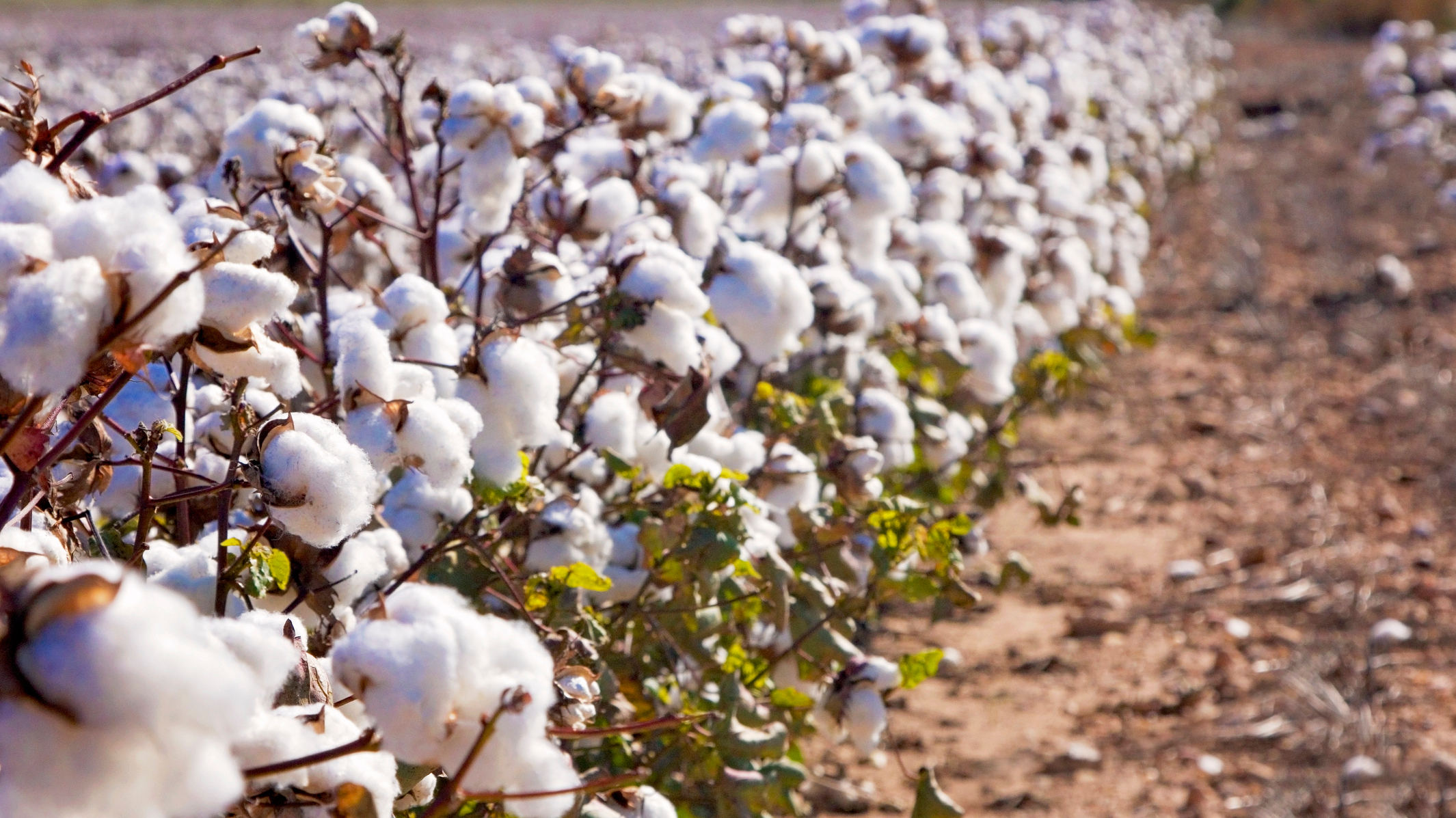USDA Approves Edible Cotton, Which Apparently Tastes Like Hummus
Yesterday, the U.S. Department Of Agriculture gave a preliminary go-ahead to an edible cotton product, paving the way for farmers to grow cotton as not just a textile but a food. Before you, like me, get too fixated on the fascinating image of popping cotton poofs into your mouth like, well, cotton candy, that's not exactly what edible cotton will look like. It's the cotton seeds that would be edible; currently, cottonseed is mostly used as feed for cattle or is pressed to make cottonseed oil.
Dr. Keerti Rathore, a plant biotechnologist at Texas A&M University, has been working to develop this new type of cotton for years. According to an article from AgriLife, the cotton is transgenic, meaning DNA from an unrelated organism has been introduced in order to produce new traits in the plant. The cotton plant Rathore developed—sexily dubbed TAM66274—has ultralow levels of gossypol, which repels pests from cotton but is toxic to humans. Through his research, Rathore developed cotton that maintains normal levels of gossypol in the stem or leaves of the plant but has virtually no gossypol in the seeds.
So what does it taste like? Rathore tells Forbes "it'll taste like hummus. It's not at all unpleasant."
Wow, what a ringing endorsement—not unpleasant.
But Rathore has greater ambitions for edible cottonseed than just making a new type of snack: He wants to use it to feed millions of people around the world. He hopes this cottonseed could be introduced as an agricultural feed for poultry, pork, and fish, as well as eaten by humans.
"Such a product can also be important from the standpoint of sustainability because farmers will produce fiber, feed, and food from the same crop," he told AgriLife. So presumably, farmers who grow cotton for textiles or other purposes could now also feed pigs, chickens, and aquatic food sources with the seeds of this new type of cotton.
Rathore notes that for every pound of cotton fiber produced, the plants produce about 1.6 pounds of high-protein seeds, which can be ground into a powder and added to food, or roasted and seasoned as a snack.
"Growing up in rural India as the son of a doctor, I had seen the effects of malnutrition firsthand in my father's patients," he said. "Our approach, based on the removal of a naturally occurring, toxic compound from the cottonseed, not only improves its safety but also provides a novel means to meet the nutritional requirements of the burgeoning world population."
Approval from the USDA's Animal And Plant Health Inspection Service, or APHIS, is step one in that process. Forbes notes the U.S. Food And Drug Administration still needs to approve the genetically modified cotton, though Texas A&M says it expects approval "within months."
